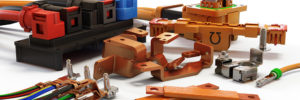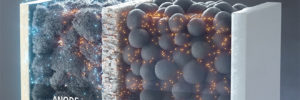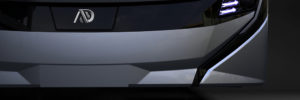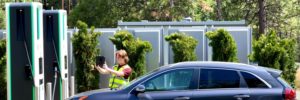Meanwhile, his opponent is openly anti-EV, anti-solar, anti-incentive, and seems to have little understanding of the technology.
Source: Electric Vehicle News
How to reduce complexity of power connections in EVs (Webinar)
Electric vehicles have high voltage systems that require precise connections, and demand for innovative components is rapidly increasing around the globe. Recently acquired by Eaton, Royal Power Solutions is recognized for its numerous industry-leading electrical components, including stamped battery and eyelet terminals specially designed for electrified vehicles. These power connection technologies provide vehicle manufacturers with components possessing superior reliability, while its in-house design expertise specializes in manufacturing efficiency and system architectures.
Watch this free webinar at our Fall Virtual Conference on EV Engineering, presented by Eaton, to learn how these connection solutions help reduce complexity, time-to-market while optimizing EV system performance.
Other sessions at our Spring Virtual Conference include:
HPC And MCS Charging Systems
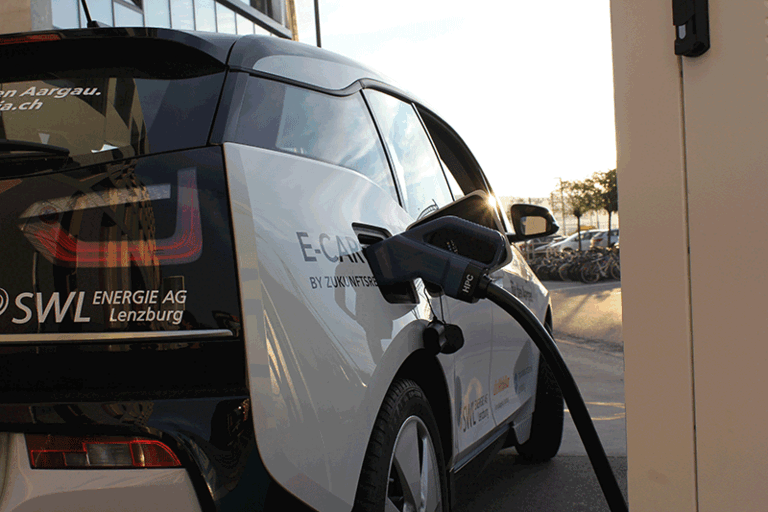
In this webinar, BRUGG eConnect AG will present the background on the increasing demand for the expansion of fast charging infrastructure, as well as innovative solutions that eliminate the last concerns about time-consuming charging cycles.
Register here to learn more—it’s free!
Advanced Thermal Barriers: How To Transform Your Thermal Runaway Mitigation Strategy
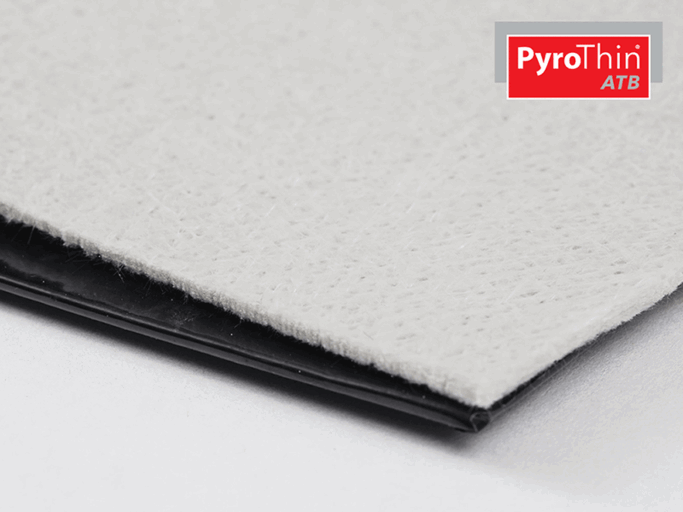
Battery engineers face the challenge of maximizing a vehicle’s performance while optimizing thermal runaway propagation protection.
In this webinar, presented by Aspen Aerogels, we will explore the role of compression pads and cell-to-cell barriers in managing mechanical and thermal energy inside modules and/or packs. Attendees will develop an understanding of possible solutions, including foams, fibers, foils, and aerogels. We will also review recent real-world testing, including footage of PyroThin, an aerogel-based thermal barrier, stop thermal propagation cold.
Register here to learn more—it’s free!
See the full session list for the Fall Virtual Conference on EV Engineering here.
Broadcast live October 17 – 720, 2022, the conference content will span the EV engineering supply chain and ecosystem, including motor and power electronics design and manufacturing, cell development, battery systems, testing, powertrains, thermal management, circuit protection, wire and cable, EMI/EMC and more.

Source: Electric Vehicles Magazine
OneD raises $25 million in Series C funds, enters R&D agreement with GM
GM and OneD Battery Sciences will cooperate to research the possible use of OneD’s silicon nanotechnology in GM’s Ultium cells.
Meanwhile, OneD has raised $25 million in Series C funding from investors including GM Ventures and Volta Energy Technologies.
“Given a licensing business model and low operational costs, Series C funds will be used to continue SINANODE research and development, while advancing pilot production and providing OEMs and battery manufacturers a seamless integration into the manufacturing of EV batteries via licensed manufacturing partners,” says GM.
OneD’s SINANODE platform includes technology that puts more silicon into anodes by fusing silicon nanowires into graphite.
“We believe that the winners of the EV race will be those who can effectively add more silicon to the battery cell, in a way that doesn’t disrupt existing supply chains and processes,” says OneD Battery Sciences CEO Vincent Pluvinage.
“GM designed Ultium to be a supremely flexible platform so we can continuously improve our cells as battery technology advances,” says President of GM Ventures Kent Helfrich. “Our collaboration with OneD will focus on efforts to continue advancements in EV range, performance and cost.”
GM says it is aiming for a production capacity of 1 million Ultium units in North America by 2025. The automaker is currently building two Ultium cell plants in the US and has plans for another in the works.
Source: GM
Source: Electric Vehicles Magazine
Bidirectional Act to promote electric school bus V2G applications introduced in Senate
Bidirectional electric school buses are such a good idea, they almost sound too good to be true. School buses represent a perfect use case for V2G technology, revenue from providing grid services can help defray the costs for school districts, and protecting schoolchildren from diesel fumes is a worthy goal that should be popular on all sides of the political divide (as long as school boards make sure the pitchfork-and-torches crowd understands what “bidirectional” means).
US Senator Angus King, a member of the Senate Energy and Natural Resources Committee, has introduced legislation that aims to promote electric school buses and V2G technology. The Bidirectional Act would create a DOE program dedicated to deploying electric school buses with bidirectional V2G capability. It would also “require DOE to provide a report on the existing V2G school bus pilot programs, and would require states’ public utility commissions to consider measures to promote V2G integration.”
The future for bi buses already seems bright—the Inflation Reduction Act includes a billion bucks worth of grants for heavy-duty EVs including school buses, and the Bipartisan Infrastructure Law includes five billion in funding for e-buses over five years. So many school districts have applied for funding that the EPA recently announced that it will increase funding for the clean school bus program to $965 million in its initial round. State governments, notably Virginia, are also getting on the electric school bus.
As far as we know at this point, the Bidirectional Act includes no mandates or additional funding—it would just create another office within the DOE and generate some additional reports—but if it increases awareness of the benefits of going bi, then it can’t hurt.
A raft of stakeholders, including bus manufacturers, providers of V2G infrastructure, utilities and environmental groups, have issued statements in support of the bill.
“Vehicle-to-grid school buses are another common-sense tool that can help to create a reliable grid, promote clean energy, and cut costs for local towns and school districts,” said Senator King. “Combined with electric bus investments in the Inflation Reduction Act, this will be an important step towards unlocking America’s clean energy future. It’s a simple, win-win bill and I hope it can get bipartisan support across Congress.”
Sources: Senator Angus King, Electrek
Source: Electric Vehicles Magazine
Alexander Dennis adds two new electric buses, designed in-house, to its lineup
Bus manufacturer Alexander Dennis, (ADL) a subsidiary of the NFI Group, is expanding its zero-emission bus portfolio with the addition of two new electric bus products fully designed and integrated in-house. The two new models, a small bus and double-decker, are expected to be available for customer delivery from late 2023. They will complement the products of ADL’s partnership with Chinese bus-builder BYD, which will continue to be sold and supported.
The move advances Alexander Dennis’s long-established strategy of offering its own integrated vehicles alongside buses built on selected partners’ chassis.
Buses for the United Kingdom and Ireland will be entirely built in Britain.
The BYD ADL Enviro200EV and BYD ADL Enviro400EV buses built in partnership with BYD will continue to be offered in the UK, Ireland and New Zealand. Alexander Dennis’s second-generation hydrogen bus, the Enviro400FCEV, which was fully designed and integrated by Alexander Dennis, shares technology and key driveline components with the upcoming new battery-electric models.
Internationally, the new platform will be tailored to the requirements of customers in each territory. The recently-announced order for Enviro500EV electric double-deckers in Hong Kong will be part of this new generation of zero-emission buses.
“This investment in the latest zero-emission technology gives operators, transport authorities and councils the freedom to choose from an even wider range of buses,” says ADL President and Managing Director Paul Davies. “Throughout this difficult period for our industry we have continued to challenge our engineering team to evolve our range. The result will be a brand-new fully in-house-designed, integrated electric double-deck and small bus product.”
Source: Alexander Dennis
Source: Electric Vehicles Magazine
Electrify America highlights customer satisfaction efforts
Public charging networks have been coming in for their share of criticism lately. Recent studies from UC Berkeley, J.D. Power and Plug In America (among others) have quantified what EV drivers already know: the uptime performance of public chargers is abysmal. As EV sales have grown, accounts of malfunctioning chargers have spread from bitch sessions on PlugShare to articles in the mainstream press. Naturally, the anti-EV crowd has seized the opportunity, citing the unreliability of public chargers as yet another reason that we’d better just stick with gas-burners.
Electrify America, which claims to be the largest DC fast charging network in the US (along with its sister company, Electrify Canada), is taking proactive steps to help improve the charging experience. “Customers need to be able to count on the convenience, reliability and speed of our charging stations to help instill range confidence as drivers transition to an EV lifestyle,” says the company, asserting that its “cross-functional system strives to identify, diagnose and resolve impacts before the customer interacts with the charger.”
EA’s quality and customer satisfaction initiatives include:
- A Roaming EV Test Fleet that performs more than 20,000 tests of chargers each year: “Each of our 3,500 individual chargers at 800 charging stations in the US and Canada are tested almost every two months. The company deploys nine teams of inspectors who complete a full checklist to ensure our chargers will provide a quality experience to our customers. We work to help ensure that each charging cable and all payment methods will provide a high-quality charge. The inspectors utilize a fleet of electric vehicles to perform charging tests. In addition, they inspect the stations to ensure all equipment and aesthetics are in top working order, including the chargers, power cabinets, transformers, lighting, parking and more.”
- Network Operations Center: “This ‘mission control’ room is in operation 24/7, monitoring our network performance in the US and Canada around the clock. We strive to ensure drivers always know that we are here for them to support all charging experiences.”
- Customer Contact Center: “Designed to help with the simplest question or a more technical challenge to help give our customers the ability to enjoy the many benefits of driving electric. The contact center has linguists available to respond in 240 languages and dialects.”
- Center of Excellence Test Lab: “The Center of Excellence technology team is able to test network updates, new charging standards, new and existing software/hardware, and the charging capabilities of pre-production and prototype electric vehicles prior to market launch, as well as to diagnose and solve issues seen on the networks.”
Source: Electrify America
Source: Electric Vehicles Magazine
OP-ED: Elon Musk May Have Buried The Lede On Tesla's AI Day
The team left Tesla’s DoJo supercomputer for last, though it arguably should have come first.
Source: Electric Vehicle News
Nest Renew is now available to anyone in the US; ‘Energy Shift’ optimizes renewable energy use
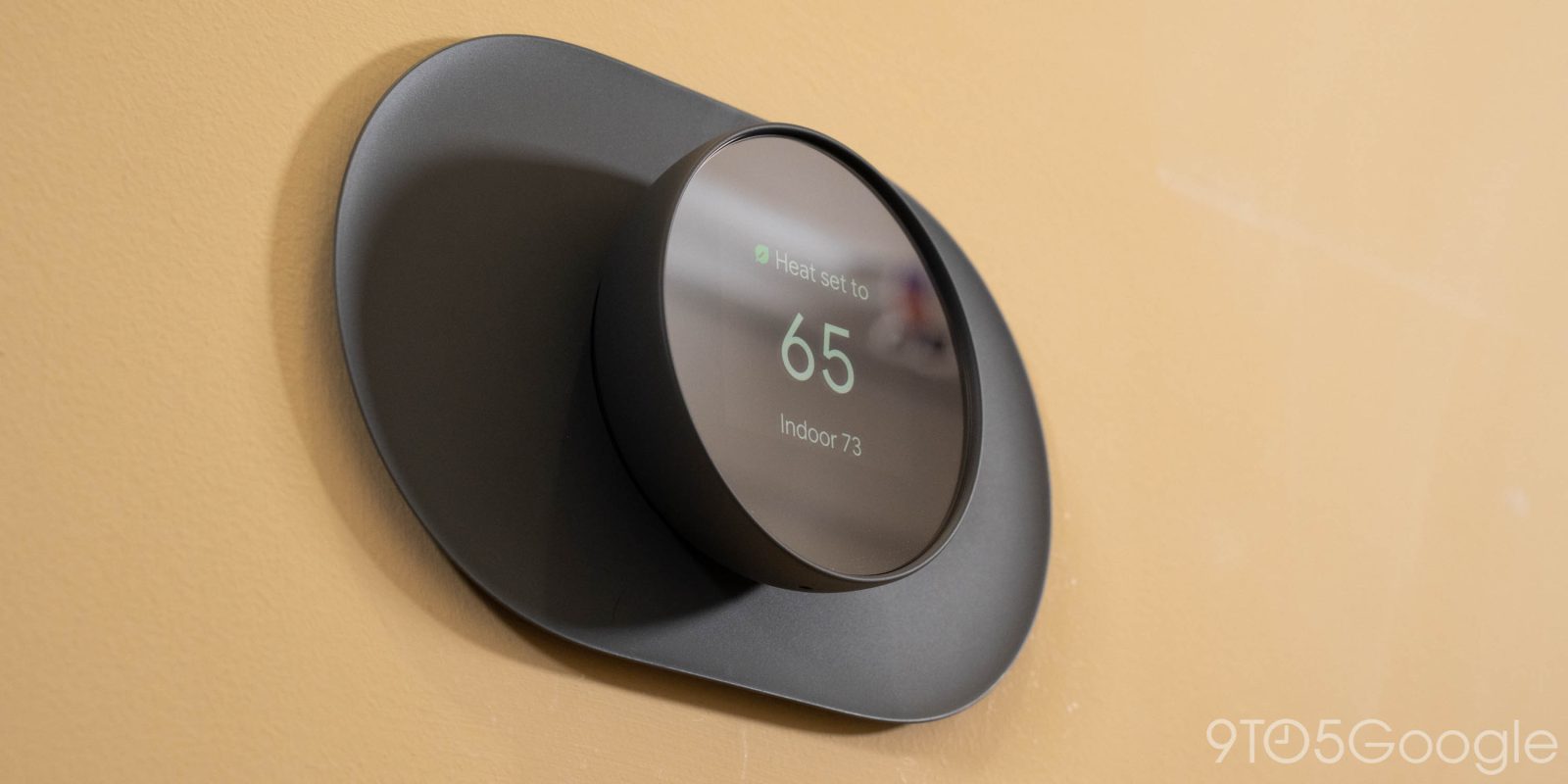
Google is expanding support for its initiative to help you save money and use renewable energy with the Nest Thermostat, as Nest Renew is now available to anyone in the US.
The post Nest Renew is now available to anyone in the US; ‘Energy Shift’ optimizes renewable energy use appeared first on Electrek.
Source: Charge Forward
Chevy Bolt EV sales surge, as GM Ultium EVs trickle out
 Chevrolet Bolt EV and Bolt EUV sales surged in the third quarter, General Motors announced Monday in its quarterly update, while sales of newer EVs based on the Ultium architecture were just a trickle. The two Bolt variants set a quarterly sales record, with a combined 14,709 sales, GM said, adding that in response to robust demand it plans to…
Chevrolet Bolt EV and Bolt EUV sales surged in the third quarter, General Motors announced Monday in its quarterly update, while sales of newer EVs based on the Ultium architecture were just a trickle. The two Bolt variants set a quarterly sales record, with a combined 14,709 sales, GM said, adding that in response to robust demand it plans to…
Source: Hybrid and Electric Car News and Reviews
Wuling Hong Guang Mini EV Cabrio Goes On Sale In China For $14,000
The tiny electric convertible is a strict two-seater offering a driving range of 174 miles on China’s CLTC cycle.
Source: Electric Vehicle News

